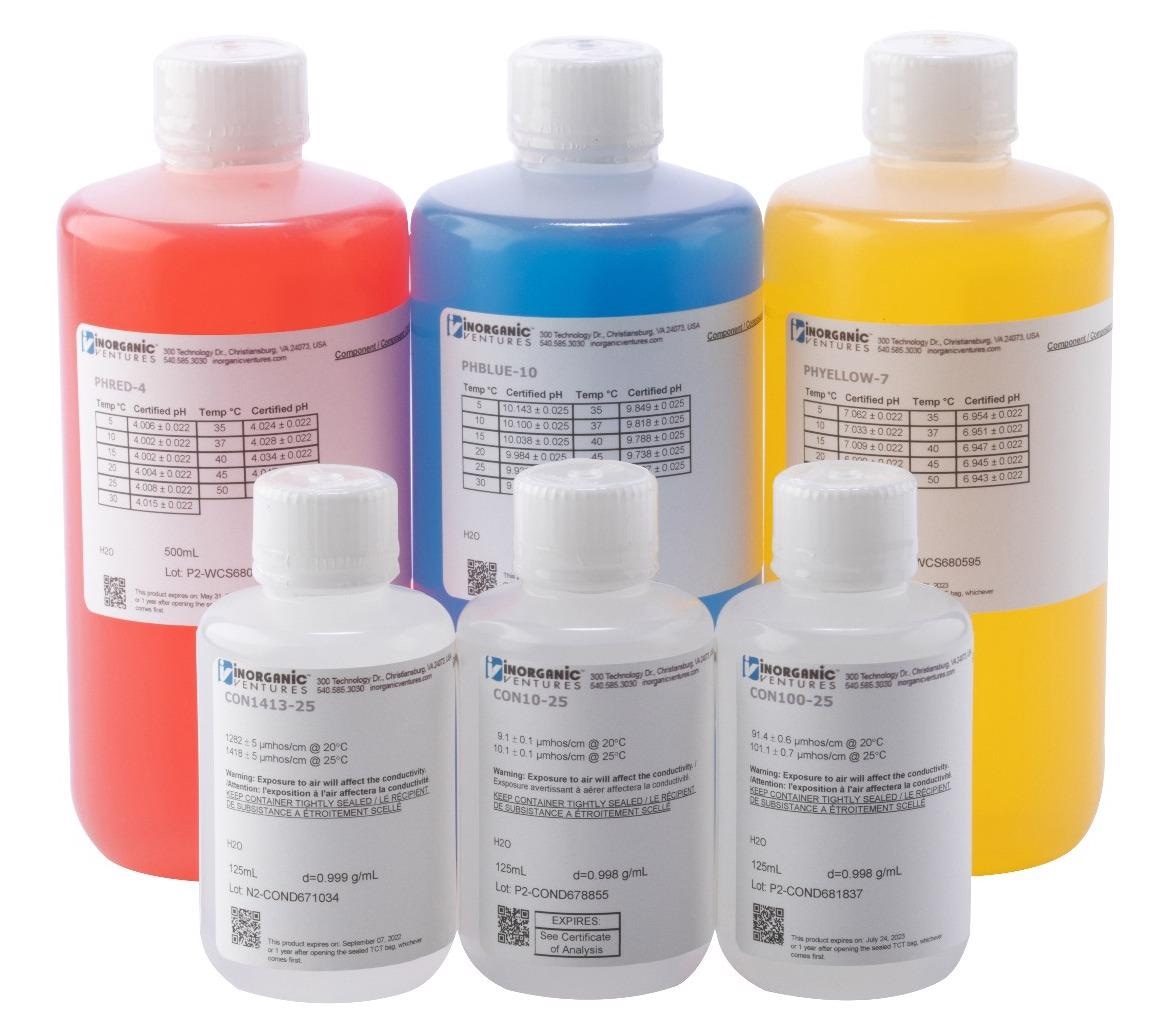pH buffers are highly specialized solutions designed to prevent problematic variations in pH levels. Each pH level produced exhibits a specified buffer capacity and buffer range.
‘Buffer capacity’ refers to the amount of acid or base that can be added before pH is substantially altered. Buffer capacity can also be understood as the amount of strong acid or base required to alter the pH of a liter of a solution by a single pH unit.
‘Buffer range’ can be understood as the pH range in which a buffer can effectively neutralize added acids and bases while continuing to maintain a steady pH. This is a critical factor when working with reactions or processes that require specific and stable pH ranges.
Using pH Buffers to Achieve Accurate Measurements
All experienced chemists should be confident with the concept of pH values. A substance’s pH value is linked to the negative logarithm of hydrogen ion activity. This is occasionally referred to as the potential of hydrogen in an aqueous solution.
A solution’s pH is temperature-dependent and will be measured on a scale of 0-14. For example, water has a neutral pH of 7.47 at 0 °C and 6.14 at 100 °C.
Potentiometers are usually employed to measure the pH value of a solution. These instruments work by producing a 0 millivolt (mV) differential using a reference and sensing electrode at pH 7.
Any changes in acidity or alkalinity will affect the electrode output, providing chemists with a precise electrochemical foundation for estimating pH value. It is important to note that any estimation of pH value will only be as accurate as the pH buffers used.

Image Credit: Inorganic Ventures, Inc.
The Importance of Using pH Buffer Solutions
pH buffers - often known as hydrogen ion buffers - are aqueous solutions with a traceable pH value. This value will see a negligible change when combined with limited amounts of acids or bases.
pH buffers are generally comprised of a conjugate base and a weak acid able to absorb excess hydrogen atoms to maintain a stable pH value in solution. They are good solutions when looking to calibrate electrochemical potentiometers for pH measurements, ensuring a low uncertainty and improving traceability.
More chemists are beginning to adhere to the NIST framework of pH metrology. This framework is designed to ensure a chain of responsibility exists from the standard reference material (SRM) manufacturer through to the end-user.
NIST-traceable pH buffers are ideal benchmarks for the creation of reliable pH measurements. These buffers are suitable for a diverse array of applications with uncertainty values as low as 0.01 pH units.
Inorganic Ventures is a leading supplier of NIST-traceable certified reference materials for pH measurements and analytical chemistry.
The company has significant experience in the creation of custom solutions for specific client workflows. It also offers comprehensive documentation to ensure full accountability and reliability.

This information has been sourced, reviewed and adapted from materials provided by Inorganic Ventures, Inc.
For more information on this source, please visit Inorganic Ventures, Inc.